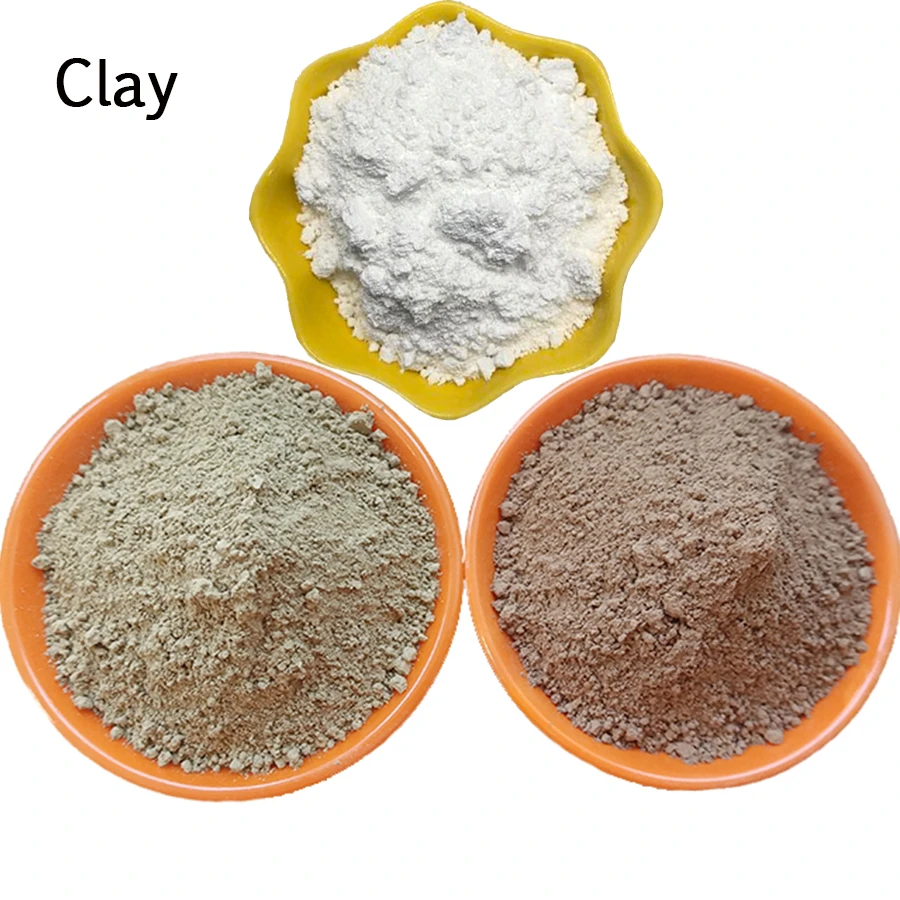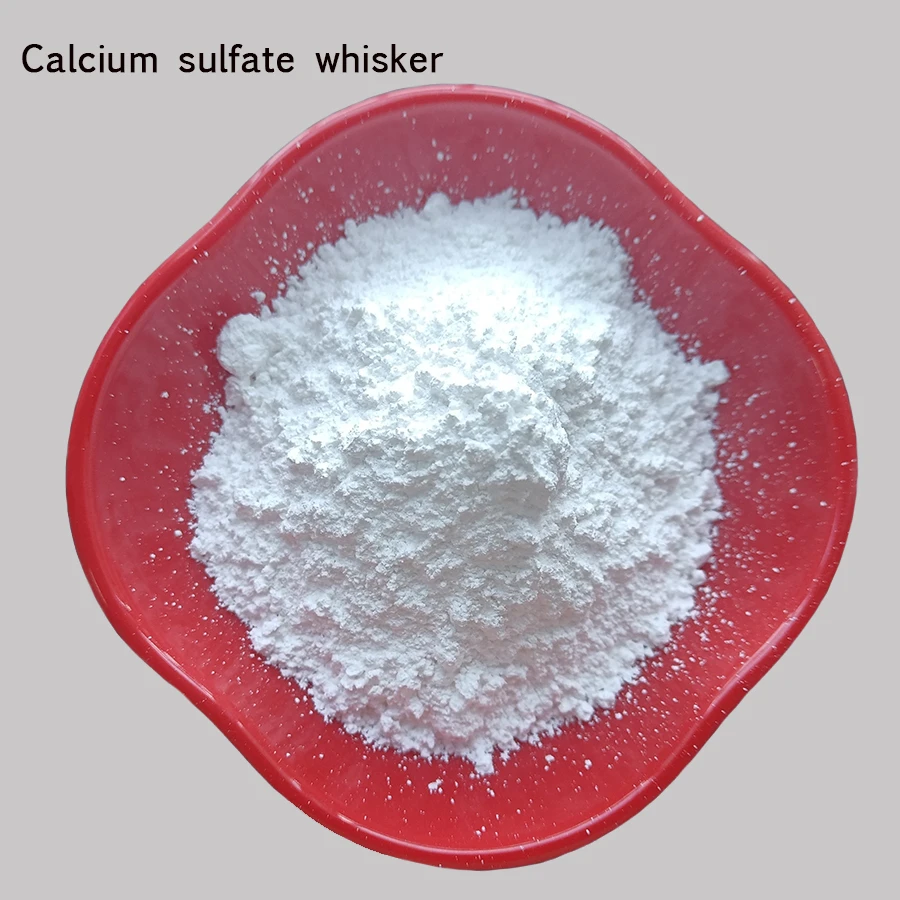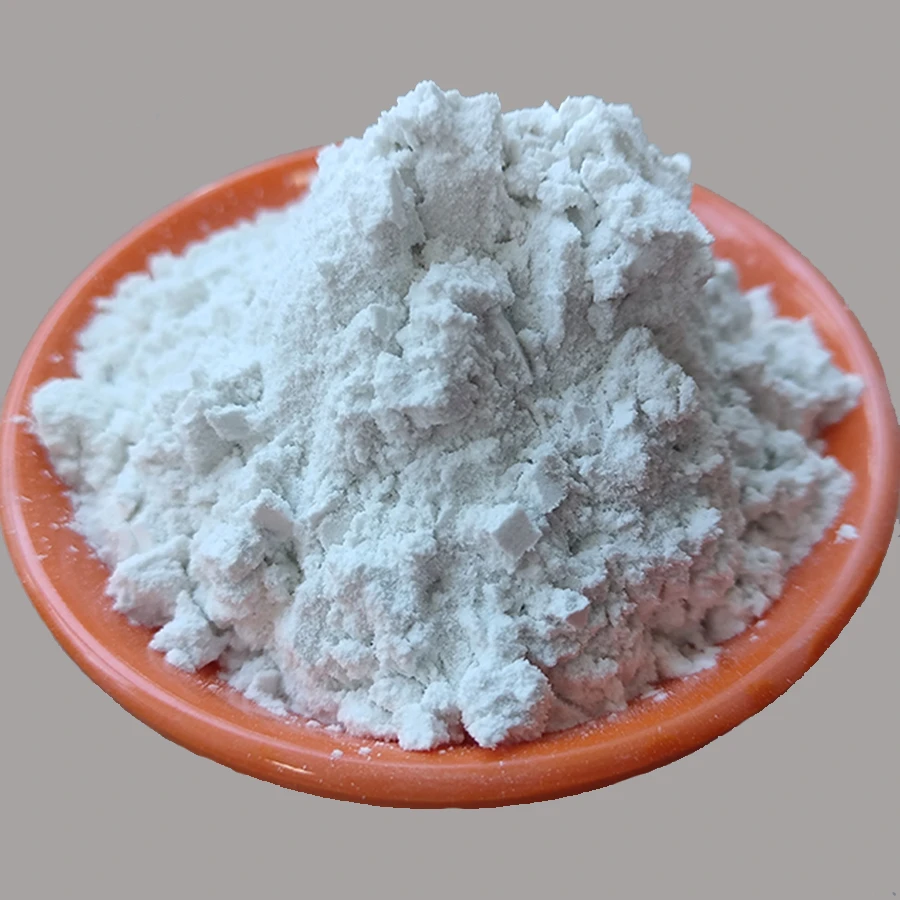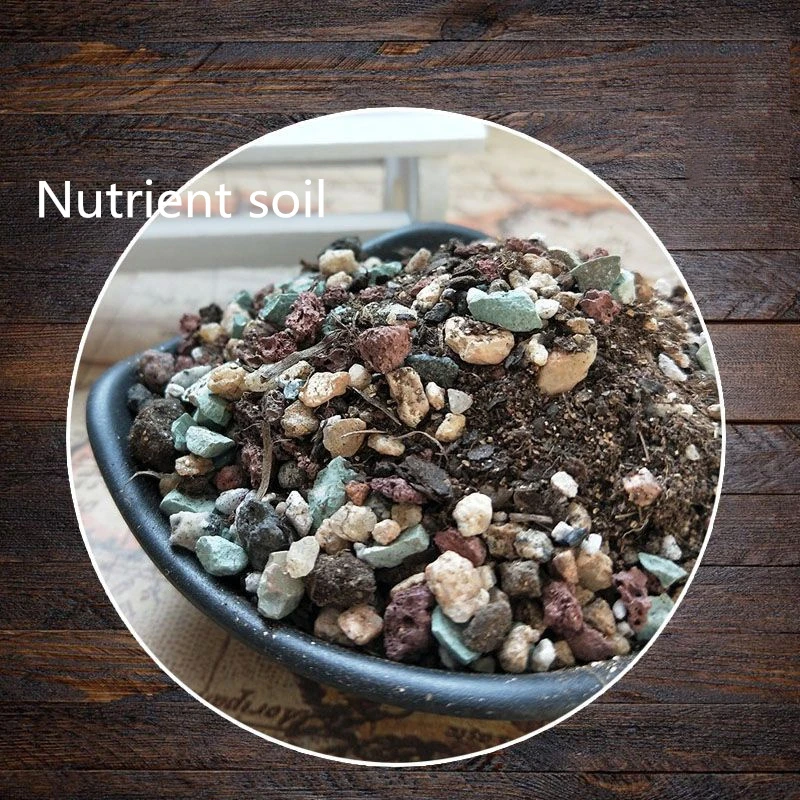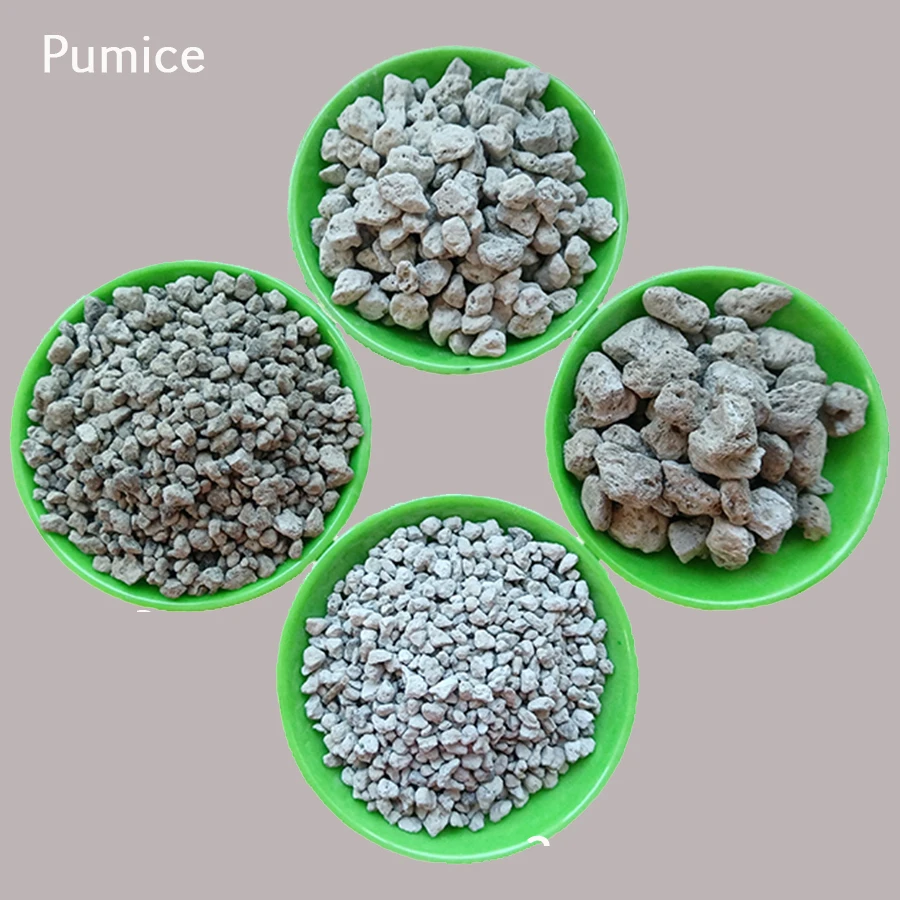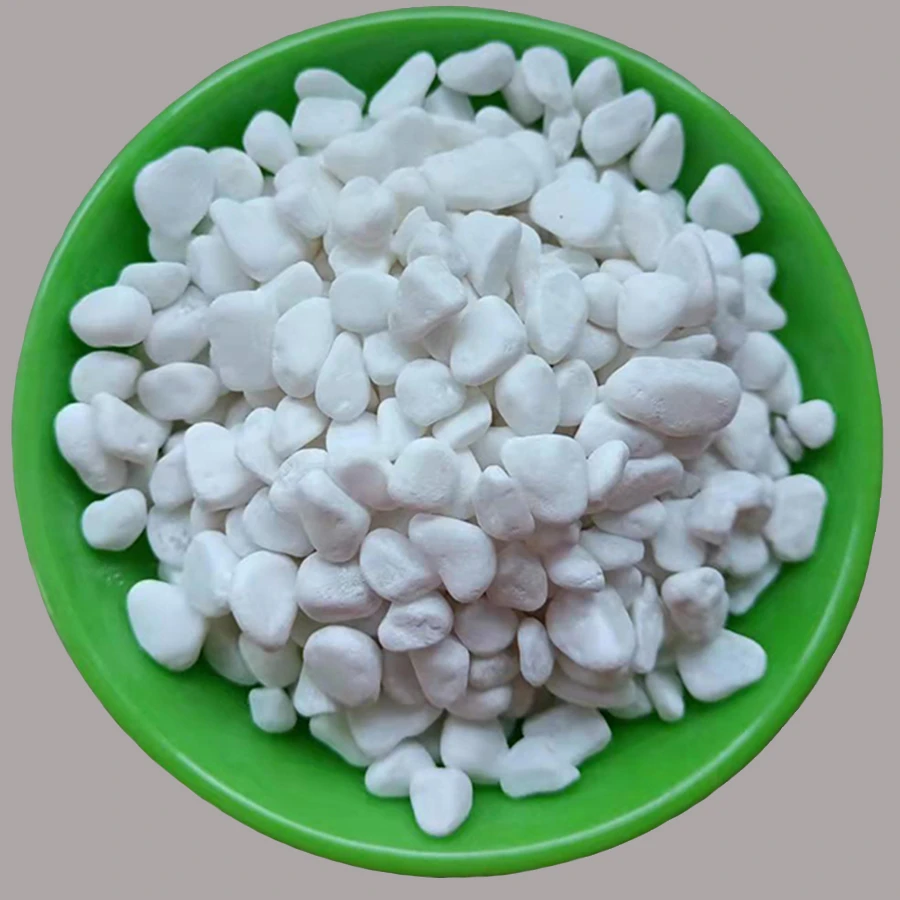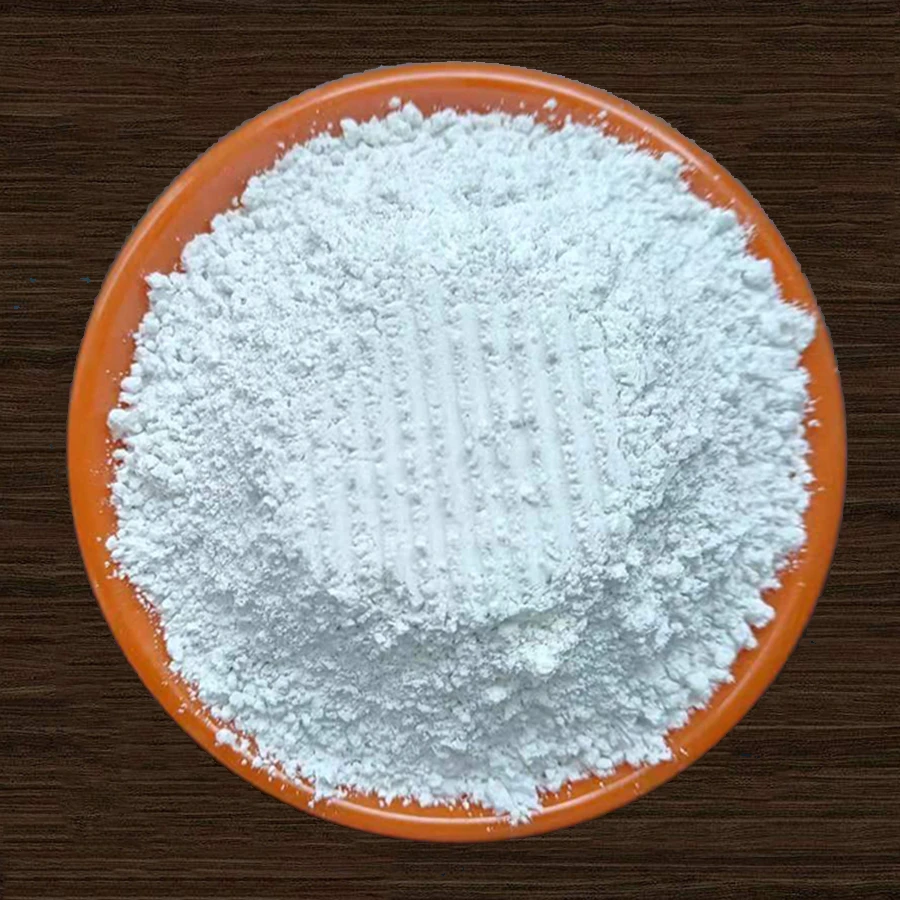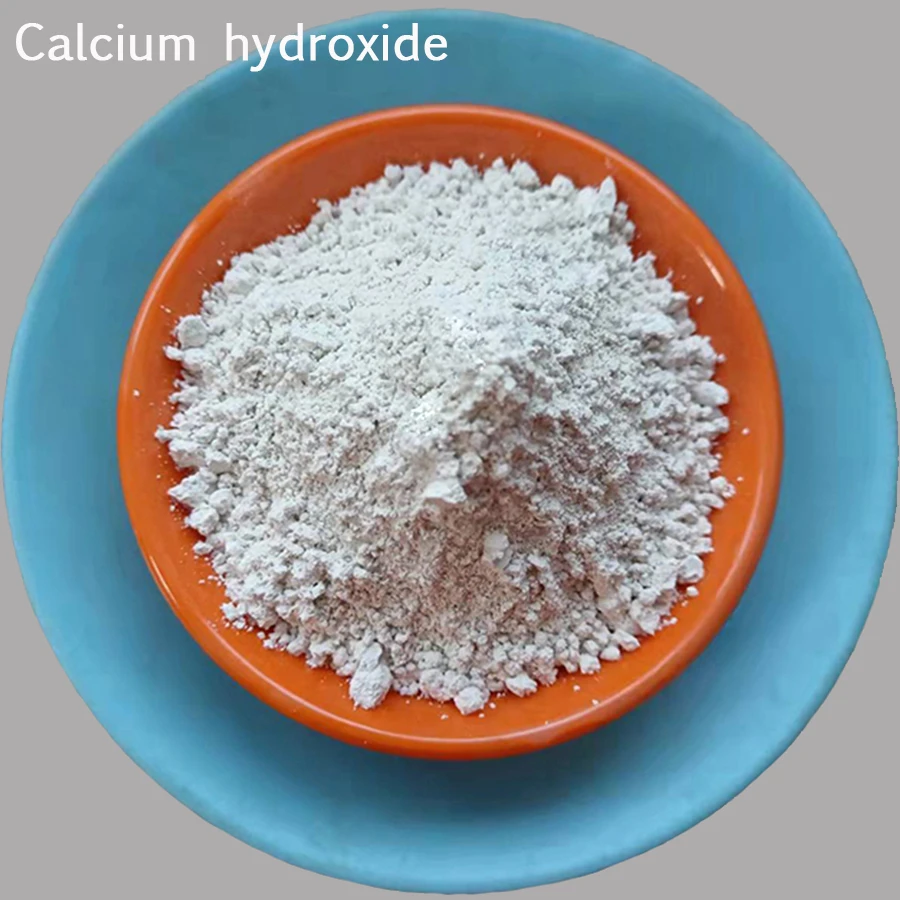
- Afrikaans
- Albanian
- Arabic
- Belarusian
- Bengali
- Czech
- Danish
- Dutch
- English
- Finnish
- French
- Galician
- German
- Greek
- Hebrew
- Hungarian
- Indonesian
- irish
- Italian
- Japanese
- Javanese
- kazakh
- Khmer
- Rwandese
- Korean
- Kyrgyz
- Lao
- Latin
- Latvian
- Lithuanian
- Malay
- Maltese
- Mongolian
- Myanmar
- Norwegian
- Persian
- Polish
- Portuguese
- Romanian
- Russian
- Serbian
- Slovak
- Spanish
- Swedish
- Tagalog
- Thai
- Turkish
- Ukrainian
- Vietnamese
- Welsh
Industry Overview & Trends
Glass Sand plays a pivotal role as the primary raw material in manufacturing flat glass, bottles, solar panels, and advanced optical glass. With the global glass industry valued at $265 billion (Statista 2023) and compound annual growth rate (CAGR) projected at 5.3% from 2023-2028, demands on raw materials are intensifying, particularly for high-purity Glass Sand with stringent chemical and physical specifications.

Modern glass manufacturing specifies ultra-low Fe2O3 (2 (>99.4%) in Glass Sand. With the rise of photovoltaic (PV) applications and eco-friendly building codes, the demand for precision-processed, low-impurity sand is rapidly growing. Major glassmakers are now emphasizing raw material traceability, ISO-certified processing, and sustainability audits for all Glass Sand suppliers.
What is Glass Sand: Technical Parameters & Product Specification
Definition: Glass Sand is a highly purified, silica-rich sand—primarily quartz—engineered for optimal glassmaking performance. Not all sands are eligible: only sands with exceptional chemical purity, controlled grain size, and minimal organic content can meet industry standards for float-glass, container111 glass, solar glass, and other fields.

Key Technical Parameters
| Parameter | Standard Values (Typical for Glassmaking) | Testing Standard |
|---|---|---|
| SiO2 Content (%) | 99.0~99.8 | ISO 2590; GB/T 3516 |
| Fe2O3 (%) | <0.03 – 0.08 | ISO 6682 |
| Al2O3 (%) | 0.2 – 0.6 | ISO 2590 |
| Moisture (%) | <0.5 | GB/T 6286 |
| Grain Size (μm) | 180 – 710 | GB/T 6005; Sieve Analysis |
| Content of Carbonate & Organic Matter | < 0.08 | ISO 2590 |
All Glass Sand specifications are regularly tested in accordance with ISO and GB/T standards, with COA (Certificate of Analysis) provided for every batch.
Manufacturing Process of Glass Sand
Step-by-step Process Flow

- Material: Premium quartz sand, selected for crystal uniformity and ultra-low impurity profile.
- Manufacturing method: Fully automated lines integrating crushing, magnetic separation, chemical leaching, and multi-stage fine screening; optional CNC-controlled grading to guarantee particle size uniformity.
- Certifications: ISO 9001:2015 (Quality), ISO 14001:2015 (Environment), ANSI/ASTM standards for test methods.
- QA Test Points: Particle analysis, Fe2O3 titration, LOI (loss on ignition), grain shape microscopy, moisture and organic residue checks; implemented at every process junction.
- Service life: Directly impacts glass furnace campaign duration; Glass Sand with low iron extends refraction performance and reduces defects.
- Industries: Float glass, solar photovoltaic glass, medicine/pharma container111s, high-strength building glass, fiberglass insulation, specialty optics, chemical industries.
Technological Advantages of Glass Sand
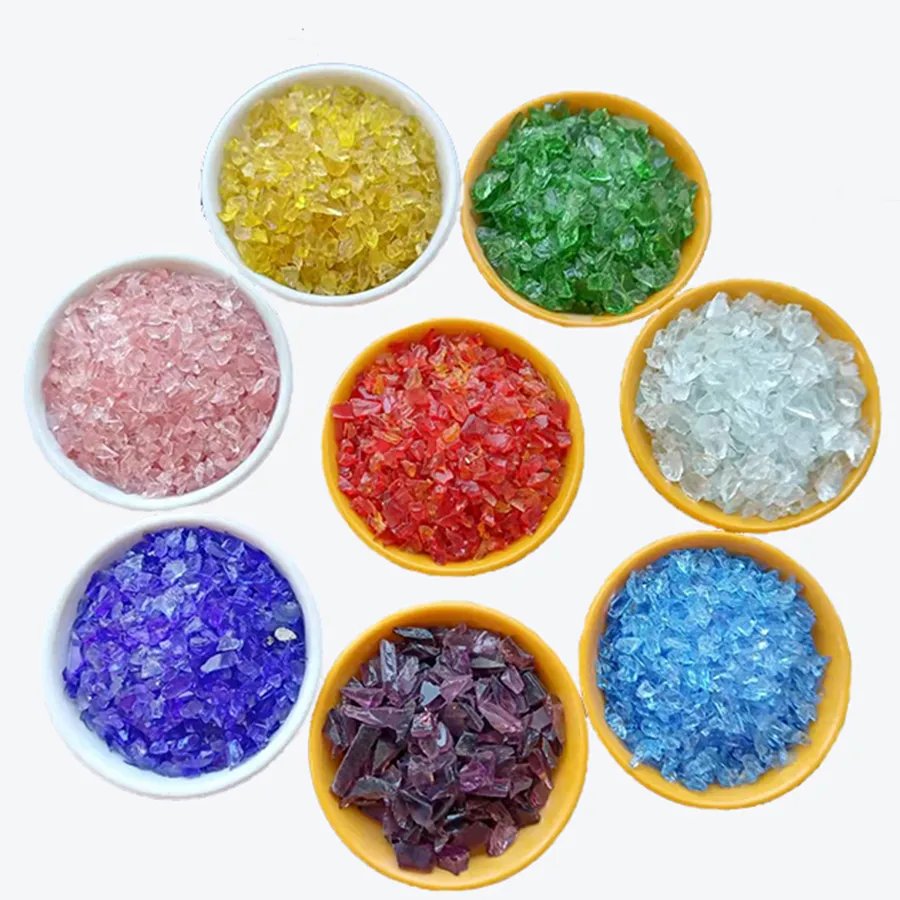
- Ultra-Low Iron Content: Guarantees high transmittance and minimizes coloration in clear/solar glass.
- CNC Precision Grading: Ensures batch-to-batch uniformity, crucial for float and patterned glass lines.
- ISO-Supervised Traceability: Every batch is digitally traceable for impurity & chemical composition back to the mine source (compliant with EU RoHS, FDA, REACH where required).
- Eco-Friendly Processing: Water recycling rates up to 98.5%, reduced carbon emissions compared to traditional sand washing, full compliance with ISO 14001:2015.
- Anti-Corrosion in Industrial Use: Absence of metallic inclusions or soluble salts prevents corrosion in chemical reactors and piping made with glass components.
- Energy Saving: Consistent chemistry shortens melting time, saves up to 10–20% fuel cost per glass ton compared with subpar sand (source: Glass International Journal).

Top Glass Sand Suppliers & Qualified Product Comparison

| Supplier | SiO2 (%) | Fe2O3 (%) | Size Range (μm) | Annual Capacity (kt) | Certifications | Region |
|---|---|---|---|---|---|---|
| Baifeng Mining | 99.6 | 0.035 | 180-850 | 1600 | ISO 9001/14001 | China |
| SCR-Sibelco | 99.7 | 0.04 | 150-900 | 2550 | ISO, REACH, FDA | Global/EU |
| Unimin (Covia) | 99.5 | 0.05 | 200-800 | 1200 | ISO | USA |
| Others (Avg.) | 98.4 | 0.12 | 200-1000 | 700-850 | - | Asia, EU |
Observation: Baifeng Mining stands out with rapid technical improvements and elevated market reach, marked by international certifications and traceable supply chain management.
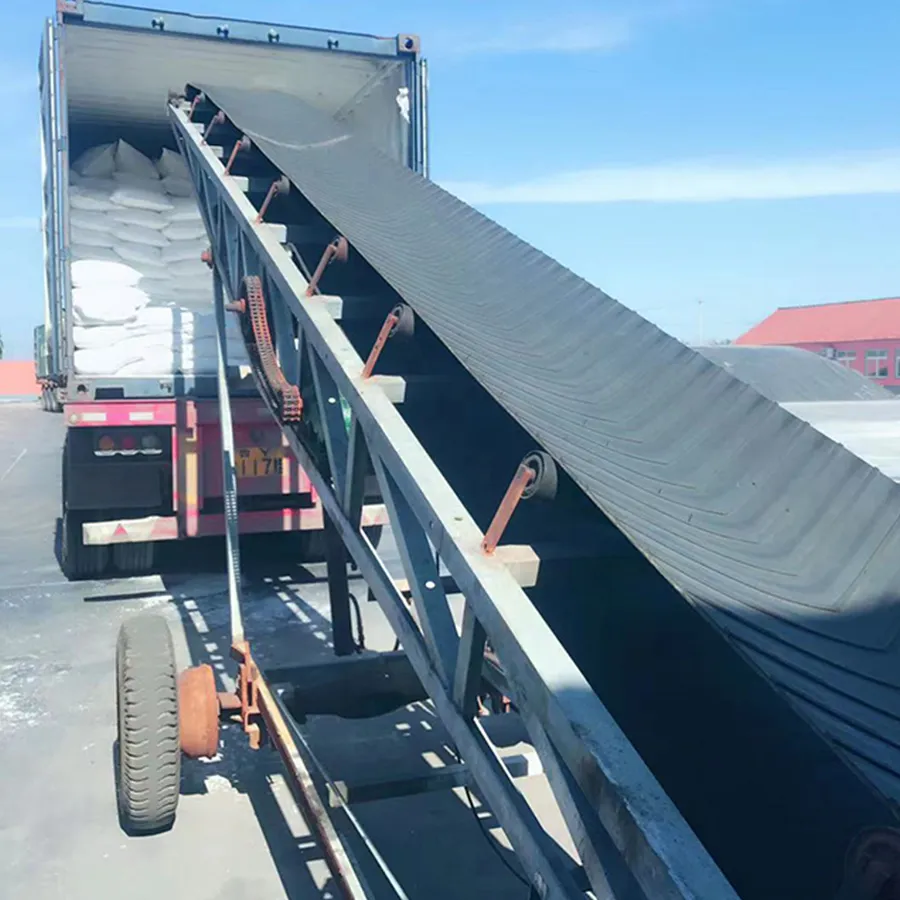
Customization & Tailor-made Glass Sand Solutions
Industry users from float glass, container111 glass, solar panel, and pharmaceutical sectors often face tough challenges: need for extremely precise grain size, ultra-low iron for solar glass clarity (PV glass), or furnace-adaptive chemistry.

- Size Customization: From 75μm powder to 1600μm granule, Glass Sand can be tailored to each furnace/line.
- Chemistry Tuning: Adjusting Al2O3/Fe2O3 for colored, extra-white glass, or nuclear industry glass.
- Anti-Contamination Control: Packaging in food-grade jumbo bags for pharma/food glass; carbon footprint calculation for environmental glass.
- Just-In-Time Logistics: Bulk shipment, container111, railway, or customized palletizing to user’s site.
- Co-Design: Technical engineers work directly with customer R&D for OEM & joint product development supporting new glass projects.

Applications & Industry Case Studies
Glass Sand is foundational to several critical industries:

- Flat/Float Glass: Over 85% of architectural glass uses pure Glass Sand, enabling ultra-clear skyscraper windows (Shanghai Tower: glass source by Baifeng Mining).
- Photovoltaic (PV) Panels: Extra-low iron sand vital for solar efficiency. Customer feedback from Trina Solar: “After switching to high-purity Glass Sand the PV output rose by 8.4%.”
- Food/Pharma Bottling: Sand with non-toxic, food-grade certification, free of heavy metals (Complies with FDA CFR 21.177.2600), used by SinoPharm glass bottles.
- Fiberglass: Custom-formulated blends (Al2O3 enriched) for insulation and automotive composites.
- Chemical Processing: Used in corrosion-proof glass lining in reactors, acids storage.

Featured Application Case: Ultra-clear Glass for Solar Panels
- Challenge: Achieve sub-0.03% Fe2O3, particle deviation <5% for improved transmission in solar cover glass.
- Solution by Baifeng Mining: CNC sieving, chemical leaching, batch-wise Fe/organic matter analytics.
- Outcome: Transmission rate >92.5%, ~9% increase in solar panel conversion (verified by PV Magazine 2023).
Project Testimonials
“The consistent quality and technical support from Glass Sand supplier Baifeng Mining were pivotal in our new solar line startup. COA traceability and just-in-time logistics minimized our risk.”
– Quality Manager, Tongwei Solar (China)
Industry Certifications, Major Partners & Service Commitment

-
Major Certifications:
- ISO 9001:2015 (Quality Management)
- ISO 14001:2015 (Environmental Management)
- FDA food-contact grade (selected models)
- ANSI/ASTM/CNS test methods
- Industry Partners: Flat-glass leaders (Pilkington, Saint-Gobain), PV panel giants (Trina, Jinko), container111 glass factories, chemical manufacturers
- Service Experience: 20+ years in glass sand production/export; annual capacity >1.6 million tons, zero major quality recall since 2013, exported to 26+ countries.
- Traceability: Each batch is QR-coded; lab-tested; COA electronic archive for 5+ years.
- Customer Support: Dedicated technical team, on-site troubleshooting, remote video audits, 7×24 multilingual service for global buyers.

FAQ: Professional Terminology for Glass Sand
Delivery, Lead Time & Support Commitment for Glass Sand
- Regular Lead Time: 10–14 days ex-works for standard models; new grades (custom size/chemistry) typically ship in 18–25 days.
- Packaging: 25kg/40kg bags, 1000–1500kg jumbo sacks, 6-layer moisture isolation for overseas shipping, food/pharma compliance as needed.
- Warranty: 24 months quality guarantee; full test data and COA archive for audit.
- Customer Insurance: On-site or third-party pre-shipment inspection allowed (SGS/BV/TÜV at request).
- After-sales: Full process follow-up, technical FAQ, online video meetings, free replacement on off-spec batch (proven by test report).

Conclusion & Authoritative References

As illustrated, Glass Sand is the strategic backbone of the glass industry, determining not only the physical properties of the final product but also its environmental and economic performance. Only suppliers with advanced technology, certified quality management, global logistics, and responsive technical teams—like Glass Sand leader Baifeng Mining—can meet the growing and evolving needs of today’s glass applications.
For deeper insight and ongoing discussions, see:
- Glass International Journal (industry studies, energy benchmarks)
- GlassOnWeb Community Forum (user experience sharing, technical troubleshooting)
- Journal of Non-Crystalline Solids (scientific research and review)
Related News



